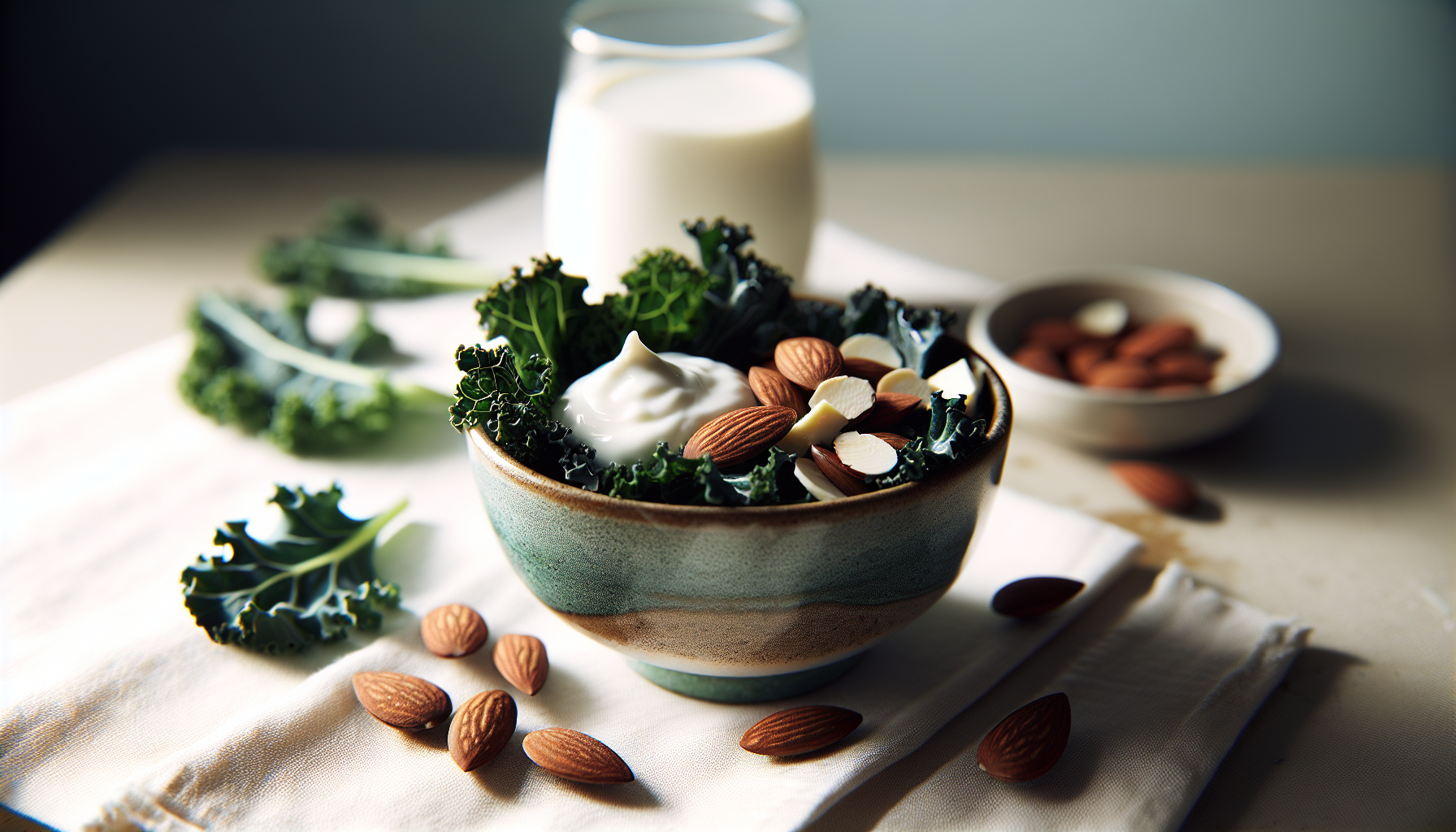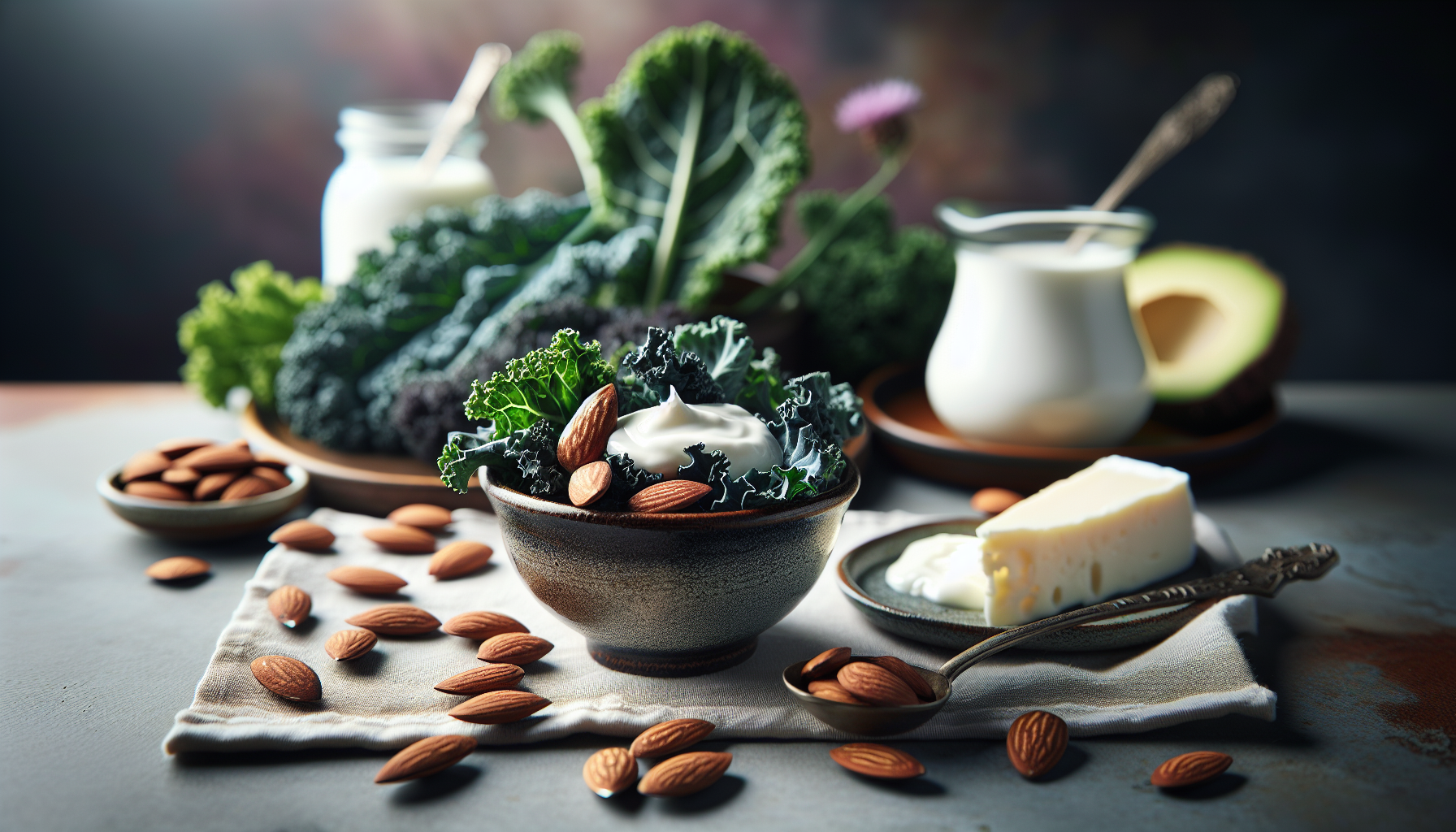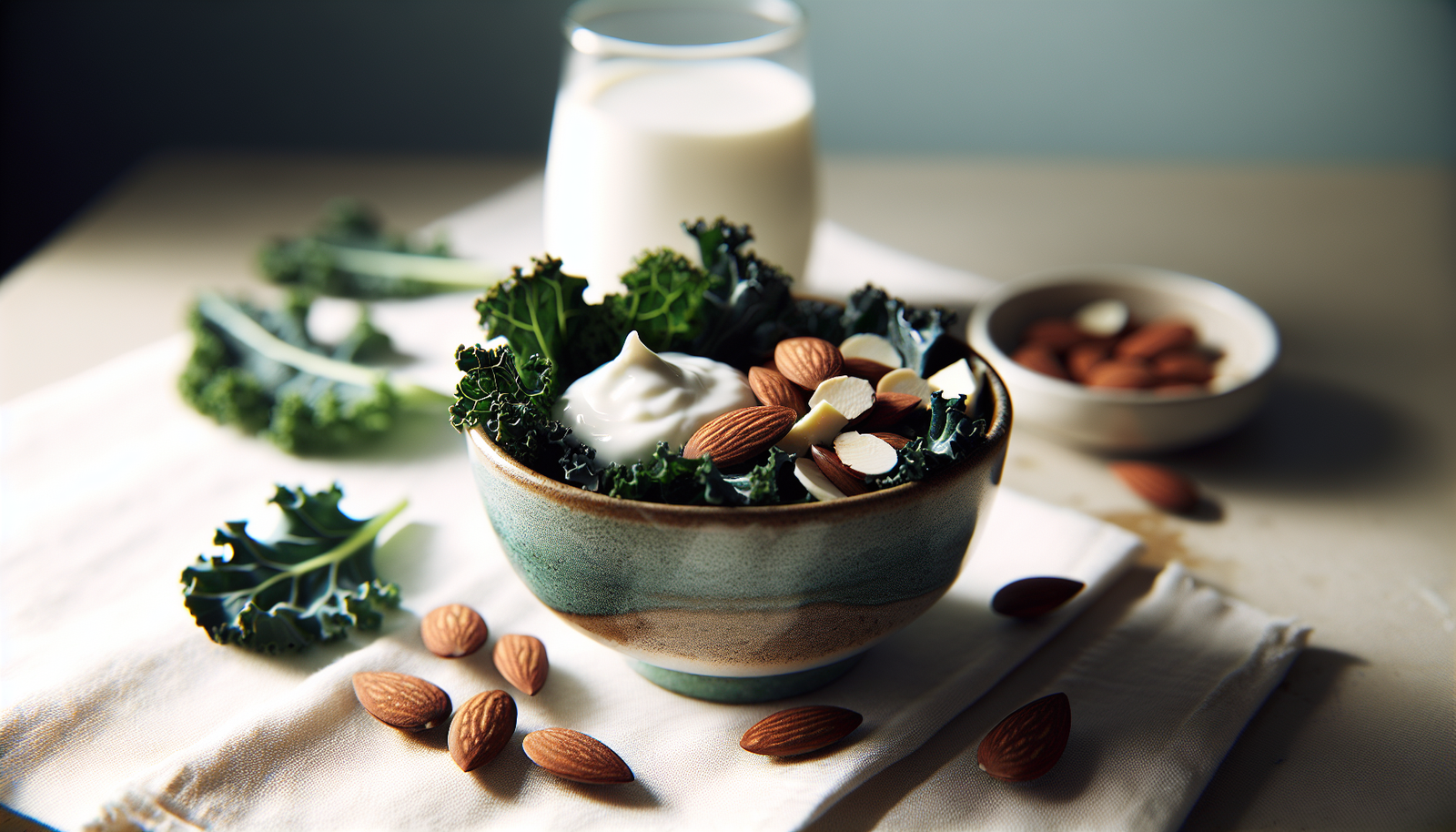Have you ever wondered how the foods you eat affect your body, especially when it comes to minerals and oxalates?
Understanding Calcium and Its Importance
Calcium is more than just a mineral; it’s an essential component of your body’s structure and function. Primarily, it’s known for its role in building and maintaining strong bones, but its importance goes beyond that. Calcium aids in nerve transmission, muscle function, heart health, and even blood clotting.
However, many people don’t realize that the way you consume calcium can be just as significant as the amounts you consume, especially if you’re aware of oxalates.
What Are Oxalates?
Oxalates are naturally occurring substances found in a wide variety of foods. They can bind to calcium in your digestive tract, potentially preventing your body from absorbing this vital nutrient. In some cases, too much oxalate in your diet might lead to kidney stones, particularly in individuals predisposed to them. This is why it’s crucial to be mindful of oxalate-rich foods, especially if you want to optimize your calcium intake.
The Relationship Between Calcium and Oxalates
When you consume calcium alongside oxalate-rich foods, the calcium binds with the oxalates during digestion. This can prevent the absorption of both the calcium and the oxalates. In a way, they form an unhelpful partnership. You might find yourself drinking a green smoothie packed with spinach and feeling good about your nutritional choices, but failing to realize that the calcium you aim to get is being compromised.

The Importance of Calcium-Rich Foods
You might be wondering, why is it so important to think about calcium-rich foods in an oxalate-aware diet? It centers around ensuring that you’re getting sufficient calcium without the interference of oxalates. So, let’s break this down.
Dairy Products
Dairy products are often the first thing people think of when they think of calcium. Milk, cheese, and yogurt are great sources, not just because of their calcium content but also due to their added benefits. Calcium from dairy is usually well absorbed by your body.
Here’s a quick look at some calcium-rich dairy options:
| Dairy Product | Calcium Content (mg per serving) |
|---|---|
| Milk (1 cup) | 300 mg |
| Yogurt (1 cup) | 400 mg |
| Cheese (1 oz) | 200 mg |
Leafy Greens
While greens are healthy, some are high in oxalates and can inhibit calcium absorption. However, a few calcium-rich leafy greens, like kale and collard greens, can fit into an oxalate-aware diet without worry. Incorporating these can provide a boost in calcium without the oxalate concerns associated with other greens.
Here’s how some of the more friendly greens stack up:
| Green | Calcium Content (mg per serving) | Oxalate Content |
|---|---|---|
| Kale (1 cup) | 200 mg | Low |
| Collard greens (1 cup) | 250 mg | Low |
| Spinach (1 cup) | 240 mg | High |
Fortified Foods
If dairy isn’t your thing or you’re lactose intolerant, don’t fret! Many foods are fortified with calcium to help you achieve your daily needs. Plant-based milks, orange juice, and cereals often have added calcium.
| Fortified Food | Calcium Content (mg per serving) |
|---|---|
| Almond Milk (1 cup) | 450 mg |
| Orange Juice (1 cup) | 300 mg |
| Breakfast Cereal (1 serving) | 100-1,000 mg (varies) |
Fish
Certain types of fish, especially those with bones, can be an excellent calcium source. Sardines and canned salmon come packed with calcium, and they also provide omega-3 fatty acids, essential for heart and brain health. If you’re a seafood lover, these are great calcium-rich additions to your diet.
| Fish | Calcium Content (mg per serving) |
|---|---|
| Sardines (3 oz) | 325 mg |
| Canned Salmon (3 oz) | 180 mg |
Nuts and Seeds
Nuts and seeds can also contribute to your calcium intake. Almonds, chia seeds, and sesame seeds are notable mentions providing a good amount of calcium. However, keep in mind that some nuts might also have oxalates, so it’s best to consume them moderately.
| Nut/Seed | Calcium Content (mg per ounce) | Oxalate Content |
|---|---|---|
| Almonds (1 oz) | 76 mg | Moderate |
| Chia Seeds (1 oz) | 179 mg | Low |
| Sesame Seeds (1 oz) | 278 mg | Low |

Balancing Calcium and Oxalates
It’s clear that calcium is essential for your body, but you also want to be cautious with oxalates. So how do you navigate this potential complication?
Tips for Enhancing Calcium Absorption
-
Pair Calcium With Low-Oxalate Foods: Focus on eating calcium with foods that are low in oxalates to enhance absorption.
-
Consider Cooking Methods: Some cooking methods can reduce oxalate levels in foods. For instance, boiling vegetables can help remove some oxalates.
-
Timing Matters: If you consume high-oxalate foods, try having them at different times than your calcium-rich foods. This might allow for better absorption of both nutrients.
The Role of Vitamin D
Calcium isn’t the only player in bone health. Vitamin D is vital for calcium absorption in your intestines. Sun exposure is an excellent way to boost your vitamin D levels, but you can also find it in fortified foods and fatty fish. Ensuring you get enough vitamin D can help maximize your calcium intake.

Understanding Your Dietary Needs
It’s important to recognize that calcium needs vary from person to person, depending on age, sex, and overall health. The general recommendation for adults is about 1,000 mg of calcium a day, but women and men over 50 might need more, around 1,200 mg.
Signs of Calcium Deficiency
Being aware of calcium deficiency signs can help you better gauge if your diet meets your needs. Here are some things to watch out for:
- Frequent fractures
- Osteoporosis (increased risk with age)
- Dental issues
- Muscle cramps or spasms
If you suspect you’re not getting enough calcium, consider speaking with a healthcare provider. They might recommend blood tests, dietary assessments, or even supplements.

Addressing Common Misconceptions
It’s easy to get confused about calcium and oxalates when there are so many conflicting messages. Let’s clarify some common misconceptions.
Myth 1: All Vegetables are Bad for Calcium Intake
This simply isn’t true. While some vegetables are high in oxalates, many are low and can provide you with ample calcium.
Myth 2: Calcium Supplements are Just as Good as Milk
While supplements can help if your dietary intake is low, they don’t offer the same benefits as whole food sources. Whole foods contain a complex mixture of nutrients that work together, something pills struggle to replicate.
Myth 3: Only Dairy Provides Calcium
Various foods, including leafy greens, fish, nuts, and fortified products, can provide calcium.

Conclusion
Keeping your calcium intake high while navigating oxalates is crucial for maintaining proper health. It requires a bit of mindfulness in your food choices, but the payoff is enormous. With the right balance of foods, you can enjoy diverse meals while ensuring your body gets what it needs to thrive. So, whether you’re a dairy devotee, a green-loving enthusiast, or somewhere in between, remember that a thoughtful approach to both calcium-rich and oxalate-aware foods can lead to a happier, healthier you.
The journey to understanding your diet is ongoing, and being informed about what you put in your body will ultimately support your health and well-being. As you move forward, give yourself permission to learn and adjust—there’s power in knowledge, and that’s a beautiful thing.

